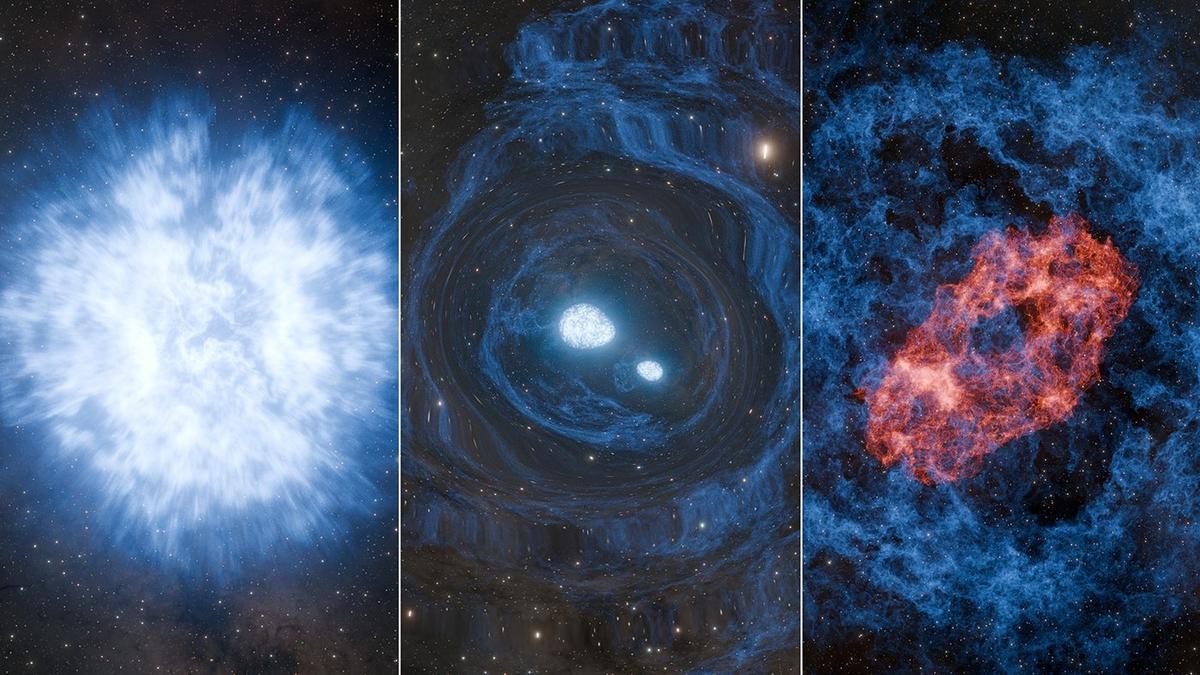



The KATRIN experiment in Germany has set a new upper limit for the electron antineutrino’s mass at 0.45 eV, a nearly 50% improvement. By analyzing 36 million electrons from tritium beta decay, KATRIN refines our understanding of neutrinos, fundamental particles far lighter than electrons, advancing particle physics.

Copyright infringement not intended
Picture Courtesy: THE HINDU
The Karlsruhe Tritium Neutrino (KATRIN) experiment in Germany set a new upper limit on the mass of the neutrino.
A neutrino is a fundamental subatomic particle with no electric charge and a very small mass. They are one of the most abundant particles in the universe, produced in nuclear reactions.
They interact with other matter only through the weak nuclear force and gravity.
Their lack of electric charge and small mass means they can pass through trillions of kilometers of matter, like the entire Earth, without disturbance. This makes them incredibly difficult to detect, requiring large, highly sensitive, and underground detectors.
The primary goal of the KATRIN experiment, located in Karlsruhe, Germany, is to make a direct, model-independent measurement of the neutrino's mass.
Methodology
The experiment uses a gigantic, 70-meter-long instrument with a huge spectrometer to measure the energy of electrons released during the radioactive decay of tritium (a radioactive isotope of hydrogen).
In this beta decay, a tritium nucleus decays into a helium nucleus, an electron, and an electron antineutrino. According to Einstein's mass-energy equivalence (E=mc²), the total energy released in the decay is fixed. This energy is shared between the electron and the neutrino.
Latest Findings
By measuring the maximum possible energy of the electron with extreme precision, scientists can deduce the minimum energy carried away by the neutrino, which corresponds to its rest mass.
Based on an extensive analysis of data from 259 days of measurements involving over 36 million electrons, the KATRIN collaboration has set a new upper limit for the neutrino mass at 0.45 electronvolts (eV).
Source:
|
PRACTICE QUESTION Q. The KATRIN experiment, frequently seen in the news, aims to: A) Mass of the neutrino B) The speed of light C) The charge of the electron D) The gravitational constant Answer: A Explanation: The KATRIN experiment (Karlsruhe Tritium Neutrino Experiment) is designed to measure the mass of the electron antineutrino. This experiment, based in Germany, analyzes the beta decay of tritium to determine the upper limit of neutrino mass with high precision. |









© 2026 iasgyan. All right reserved